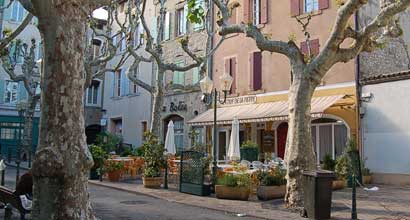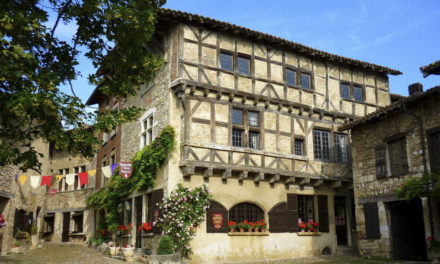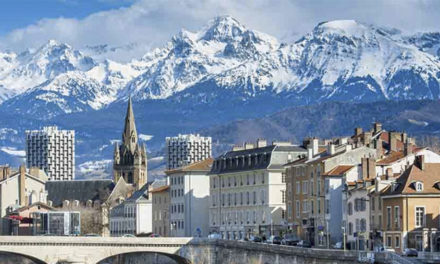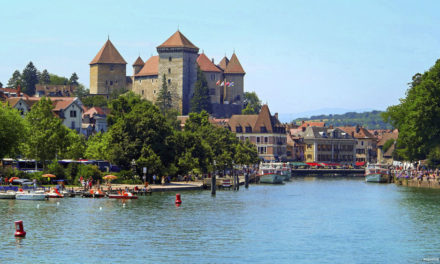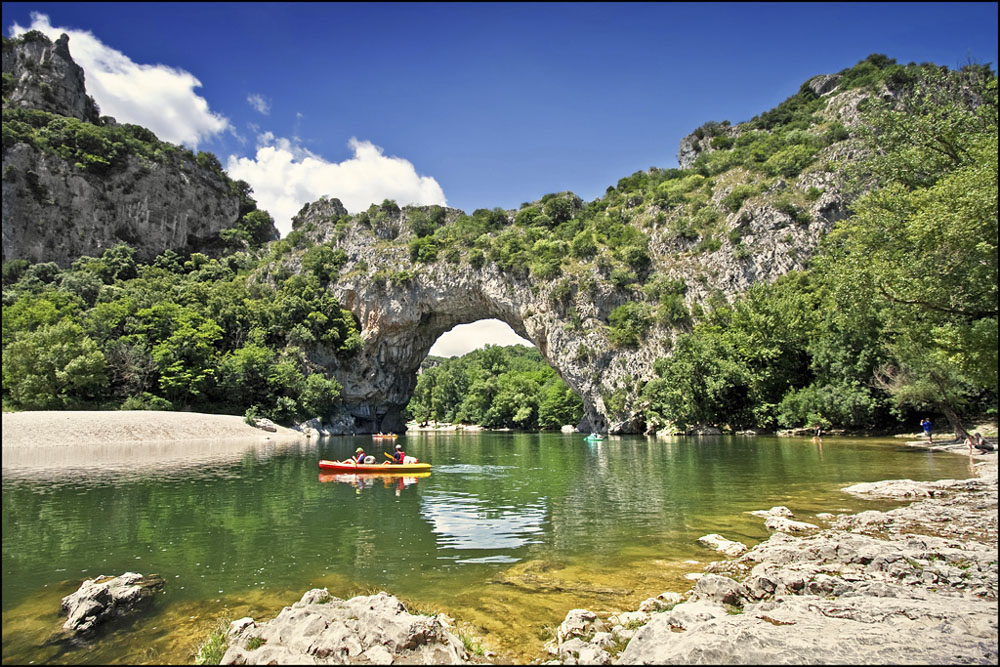
Situated just west of the Rhône between Lyon and Avignon, the twisting valleys of the département of the Ardèche are striking in their beauty. Beside the Rhône, the vestiges of dramatic medieval castles look down on vineyards where some of the very finest southern French wines are produced. Consider visiting the picturesque Rhône-side towns of Tournon, Bourg-St-Andéol and Viviers, all strongly marked by religion. Far back in Roman times, Viviers was capital of the Ardèche region, which is therefore also sometimes known as the Vivarais. Continuing west from the Rhône, the terrain becomes much more tortured. Spectacular gorges with rushing torrents are a speciality across the département.
Towns in the Ardeche
Hotels in Ardeche
Leisure
The Ardèche river in particular is renowned across France for exhilarating canoeing and enchanting villages like Voguë, Balazuc or Labeaume. Relaxing towns also stand along the way, such as hilltop Aubenas and valley-bottom Vals-les-Bains, the latter a gentle spa town. There are further spas at Neyrac-les-Bains and St-Laurent-les-Bains. For refreshment, also visit the dramatic caves beside the southerly stretches of the Ardèche river. In the very south, the département becomes more gentle, with lavender fields, olive groves, and generous vineyards. But in gastronomic terms, the Ardèche is perhaps best known for its marrons glacés, candied whole chestnuts from its forests with chestnut terraces marking many of the hills right across the Ardèche. The southwestern corner of the département beyond such laid-back towns as Largentière and Les Vans, has been declared a Parc Régional Naturel. Out west, the département also claims the source of the Loire, trickling down from the atmospheric height of the Mont Gerbier-de-Jonc, a 1,551 metre volcanic cone offering spectacular views.
Vallon-Pont-d'Arc
Many of the Ardèche’s vast, colourful caves down in the south of the département are open to the public. The most impressive include the Grottes de St-Marcel and the Grottes de la Madeleine. The Aven de Marzal has a museum dedicated to potholing, as well as a model dinosaur park beside it, while the vast Aven d’Orgnac has a major museum of prehistory alongside. The most sensational vestiges left by prehistoric man in these parts are the fabulous cave paintings of the Grotte Chauvet, not open to the public, but with a museum dedicated to them in Vallon-Pont-d’Arc. Several other spots in the département have their own small museum of prehistory. Further villages recall Ancien Régime times in their museums, including the bitter persecution of the strongly Protestant communities of these parts, and the silk-producing farms, or magnaneries, which are famous for supplying the Lyon silk merchants.
The Montgolfier brothers
As well as caneoing and potholing around the Ardèche, the département is renowned for having been the birthplace of hot-air ballooning, thanks to the Montgolfier brothers, who invented their pioneering method of flight beside the town of Annonay which celebrates their invention. Europe’s largest (non-competitive) cycling event starts out from St-Félicien not far away. There are more relaxing ways of appreciating the département too, for instance taking the steam train from Tournon. As regards gastronomy, lovers of marrons glacés should beat a path to the Maison Faugier at Privas and the Maison Sabaton at Labégude. Excellent goats’ cheese is made in these parts. Hearty local Ardèche dishes include patés from the mountains and caillettes (meat balls mixed with spinach). In the south, fine olive oil is made. Amongst the many delicious wines produced beside the Rhône are St-Joseph, Cornas and St-Péray. Fine fruit liqueurs are also on offer. For much more information on the département de l’Ardèche, read the Cadogan guide to the Rhône-Alpes.
| Title | Address | Description |
|---|---|---|
ARDECHE | Ardeche, France |

